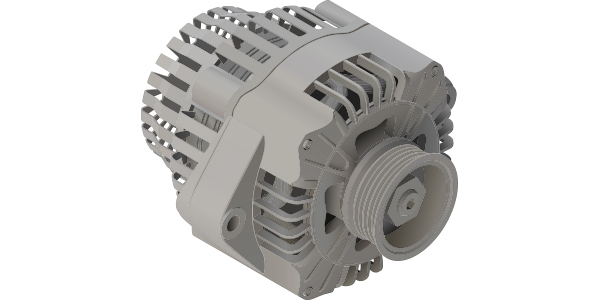OK, so my PT has been running fine lately. However, several days ago did a trans fluid and filter change at 117690 mi. Have been doing this annually since buying the vehicle used 15 yrs ago with no problems. Have been using Valvoline ATF+4 or the O'Reilly brand ATF+4. This time installed 5 qts of STP ATF+4. PT ran fine for 50 miles or so, although did notice some downshifts seemed "heavier" and some of the upshifts seemed to slip a bit.
The next day, drove for about 7 miles and the PT suddenly went into limp mode. MIL lamp came on and codes P0700 and P0882 were set.
Anyway. long story short, have twice drained out 4 qts of the trans fluid and replaced with Valvoline ATF+4 with no affect. The battery was disconnected at the last fluid change in the hope of resetting everything and providing a clean slate, so to speak, for the transmission to relearn. Can drive for 7-8 miles or so (after PT has been shut off and allowed to cool down) and then the same thing happens... MIL lamp on, limp mode, codes P0700 and P0882. Today had an additional code P0562 for the first time.
P0700 is a general transmission system code whereas P0882 and P0562 indicate a low voltage issue.
The battery seems OK with specific gravity between 1.245 and 1.260 all cells. Battery load tested OK. Battery voltage engine off is 12.6VDC and is 14.3VDC engine running at idle.
Battery connections all are clean and tight, no corrosion. The inner fender grounds G102, G104, G105 have all been reworked to provide good ground contact.
On one occasion, when the PT went into limp mode, got lucky and happened to be watching the voltage (have a Scan Gauge II connected to the DLC all the time) and noticed no drop out. It was solid 14.1 volts at time of going into limp mode.
So, what is happening here? Everything was fine until the fluid and filter change. It would be quite a coincidence to suddenly develop an electrical gremlin, but anything is possible.
The shift quality is definitely a bit different after the fluid and filter change. Based on my past experience with A604 family transmissions, they will not tolerate fluid other than ATF+4. Could using a different brand ATF+4 be a concern? Are the codes P0882 and P0562 just a byproduct of the trans suddenly going into limp mode due to perhaps a quick voltage dip?
Any ideas would be appreciated.
The next day, drove for about 7 miles and the PT suddenly went into limp mode. MIL lamp came on and codes P0700 and P0882 were set.
Anyway. long story short, have twice drained out 4 qts of the trans fluid and replaced with Valvoline ATF+4 with no affect. The battery was disconnected at the last fluid change in the hope of resetting everything and providing a clean slate, so to speak, for the transmission to relearn. Can drive for 7-8 miles or so (after PT has been shut off and allowed to cool down) and then the same thing happens... MIL lamp on, limp mode, codes P0700 and P0882. Today had an additional code P0562 for the first time.
P0700 is a general transmission system code whereas P0882 and P0562 indicate a low voltage issue.
The battery seems OK with specific gravity between 1.245 and 1.260 all cells. Battery load tested OK. Battery voltage engine off is 12.6VDC and is 14.3VDC engine running at idle.
Battery connections all are clean and tight, no corrosion. The inner fender grounds G102, G104, G105 have all been reworked to provide good ground contact.
On one occasion, when the PT went into limp mode, got lucky and happened to be watching the voltage (have a Scan Gauge II connected to the DLC all the time) and noticed no drop out. It was solid 14.1 volts at time of going into limp mode.
So, what is happening here? Everything was fine until the fluid and filter change. It would be quite a coincidence to suddenly develop an electrical gremlin, but anything is possible.
The shift quality is definitely a bit different after the fluid and filter change. Based on my past experience with A604 family transmissions, they will not tolerate fluid other than ATF+4. Could using a different brand ATF+4 be a concern? Are the codes P0882 and P0562 just a byproduct of the trans suddenly going into limp mode due to perhaps a quick voltage dip?
Any ideas would be appreciated.








